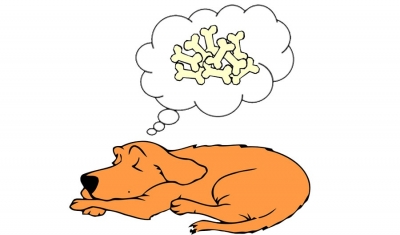
Though dreams are understood to be linked to mental functioning, their deeper implications continue to remain a mystery. Even today it is not clear what exactly causes dreams or what their roles and impacts are. While the experience is universal, is it unique to humans? Maybe not.
Initially, it seemed as if it would be difficult to ascertain if animals had dreams. However, over the last few decades, scientists have been getting closer and closer to finding that out. In fact, recent research would have us believe that it is likely that animals do have dreams.
In 2015, a team of researchers discovered that when lab rats are shown food and then go to sleep, certain cells in their brains seemed to map out how to get to the food”, and the team likened this to a dream (of “their path to a reward”). Decades before this study, another study had found that cats were perhaps seeing images during their rapid-eye movement or REM sleep.
Interestingly, humans dream during REM sleep, and most mammals, and even certain birds and reptiles are said to go through REM sleep. A 2012 study showed “cuttlefish exhibit a sleep-like state accompanied by color changes, twitching, and rapid eye movements similar to REM sleep”.
And, something similar has been exhibited by the octopus too – as revealed in a study published this March that could be linked to dreams. A footage shot by scientists in Brazil showed that an octopus delightfully named Marshmallow-lying at rest at the bottom of her tank, was “suddenly shifting in color from a pale white-green to brown and then orange, as her muscles twitch, suckers contract and her closed eyes shift around”. These sophisticated creatures experience at least two different types of sleep, and one of them is “active sleep”, similar to REM. The scientists say that the footage raises “the intriguing possibility that, like humans, octopuses experience dreams”.
Picture Credit : Google




